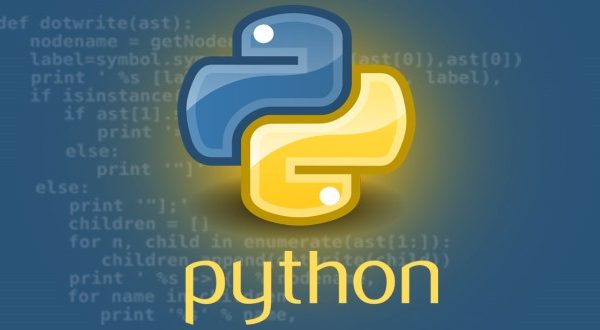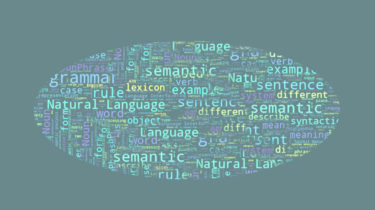Issue #120 – Interactive Neural Machine Translation
04 Mar21 Issue #120 – Interactive Neural Machine Translation Author: Dr. Patrik Lambert, Senior Machine Translation Scientist @ Iconic Introduction Despite the great quality improvements achieved recently by machine translation (MT) technology thanks to neural systems, it is still not error-free. To achieve a controlled quality, the output of a machine translation engine must be corrected by a human agent in a post-editing phase. Today we take a look at a paper from Peris et al. (2017) (publisher version, non-final […]
Read more



